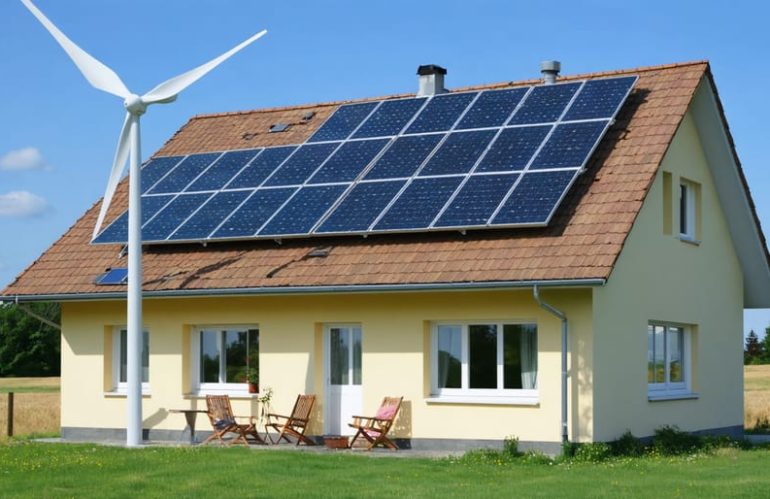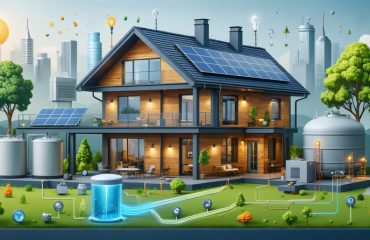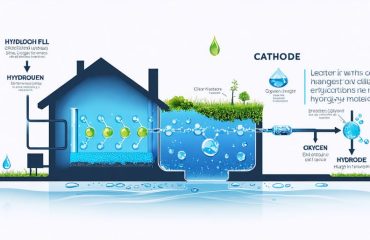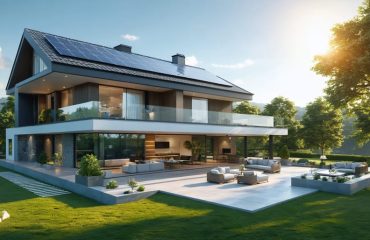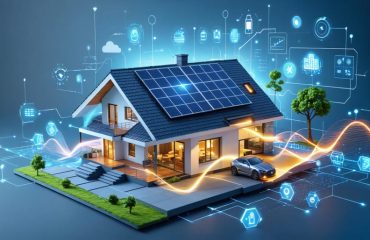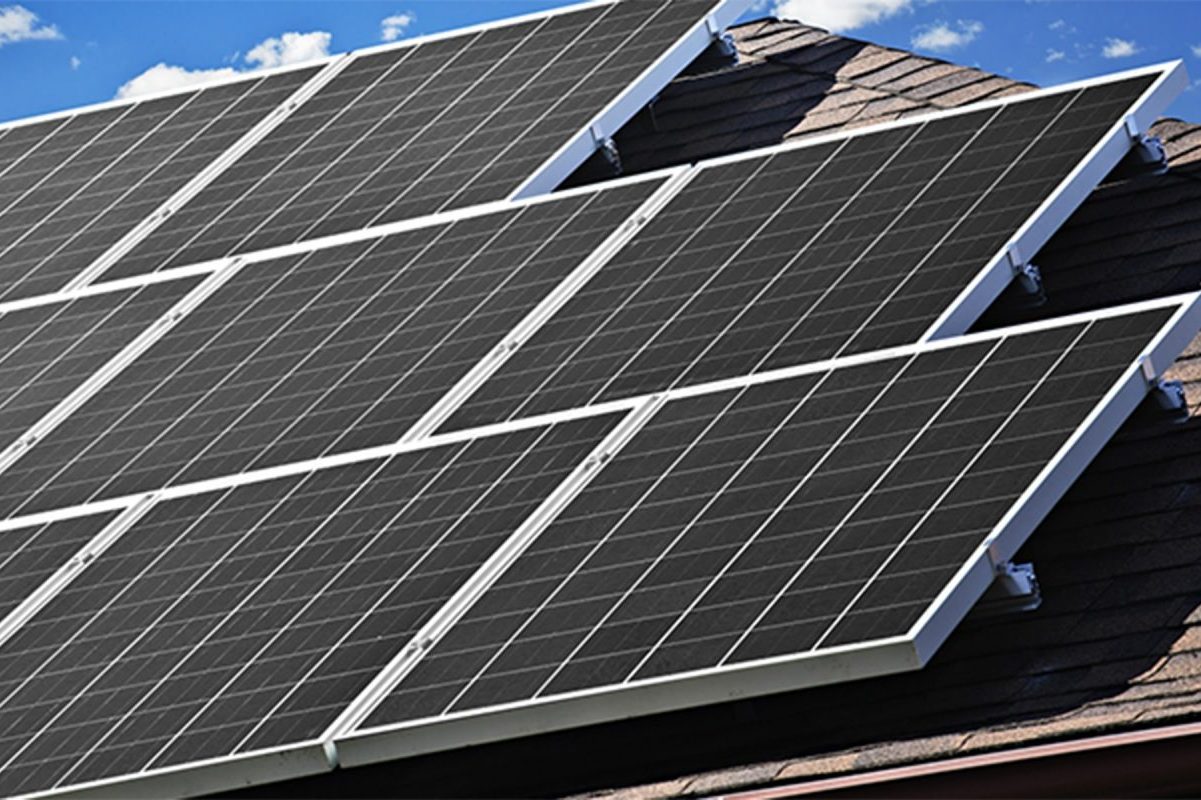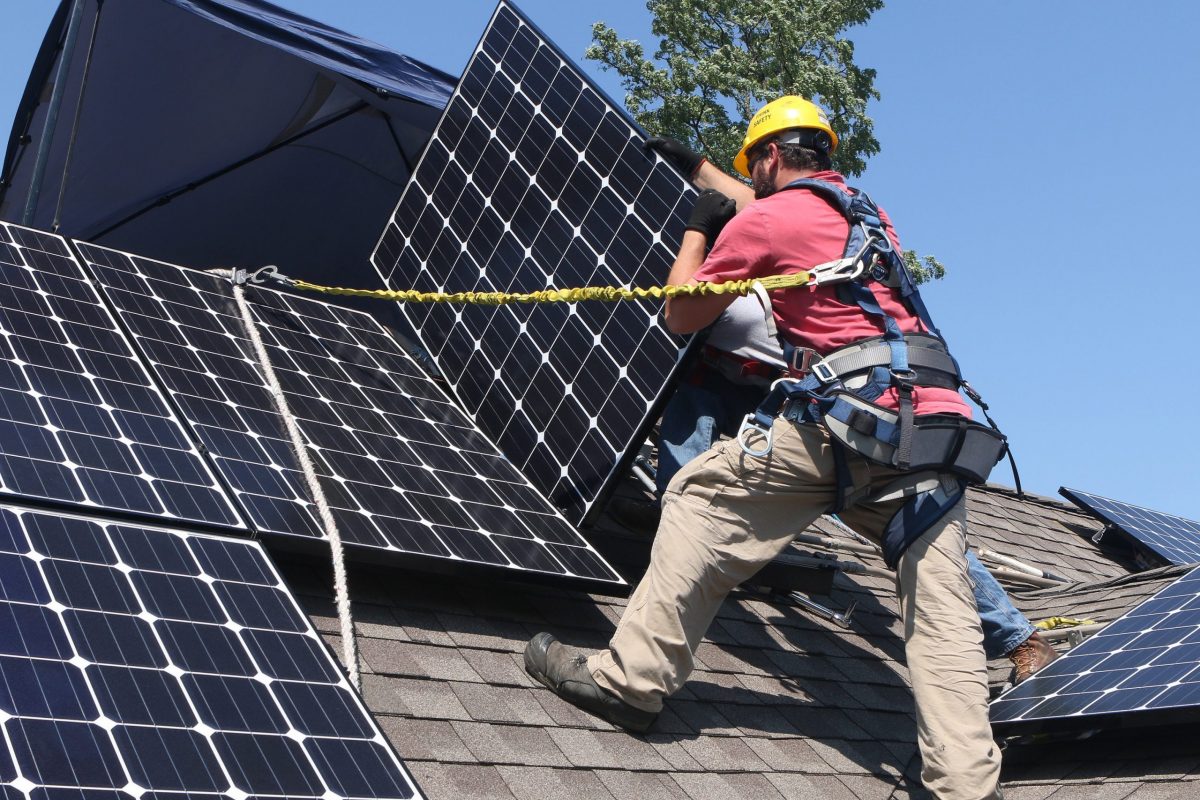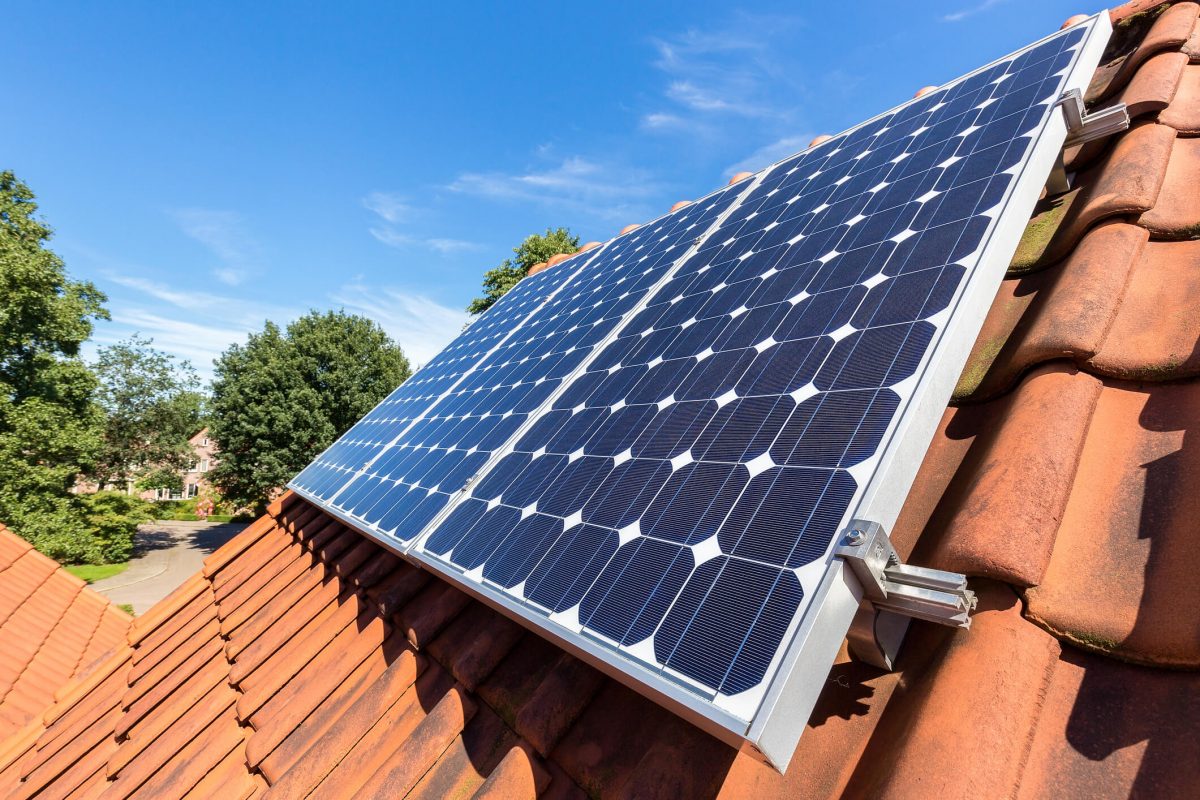Wind energy represents one of nature’s most powerful and accessible forms of kinetic energy, constantly transforming our planet’s uneven heating into a renewable resource that powers millions of homes worldwide. As sunlight warms different parts of Earth’s surface at varying rates, it creates pressure differences in our atmosphere, setting air molecules in motion – this is wind in its purest form. For homeowners exploring sustainable energy options, understanding wind as a manifestation of solar energy opens up exciting possibilities for energy independence.
Today’s wind power technology harnesses this natural force through everything from utility-scale wind farms to residential turbines, converting moving air into clean electricity that can power our homes and reduce our carbon footprint. This remarkable transformation from simple air movement to usable power exemplifies how we can work with nature’s existing energy flows to create sustainable solutions for our growing energy needs.
By grasping how wind energy originates from solar radiation and atmospheric pressure differences, we can better appreciate its potential as a reliable, renewable resource for our homes and communities.
How Wind Becomes Usable Energy
The Science Behind Wind Power
Wind power harnesses the natural movement of air to create usable energy through a remarkably straightforward process. When wind blows past turbine blades, it transfers its kinetic energy – the energy of motion – to make these blades spin. This spinning motion is a perfect example of how wind energy converts into mechanical energy.
The process continues inside the turbine’s nacelle (the housing unit atop the tower), where the mechanical energy from the spinning blades drives a generator. This generator contains magnets and copper coils that work together to convert the mechanical energy into electrical energy – the same type of electricity we use in our homes every day.
Think of it like a giant fan working in reverse: instead of using electricity to create wind, we’re using wind to create electricity. This clean energy conversion process is both efficient and environmentally friendly, with modern wind turbines capable of converting up to 50% of the wind’s energy into usable electricity. The best part? Once installed, wind turbines can generate power whenever the wind blows, day or night, making them a reliable source of renewable energy.
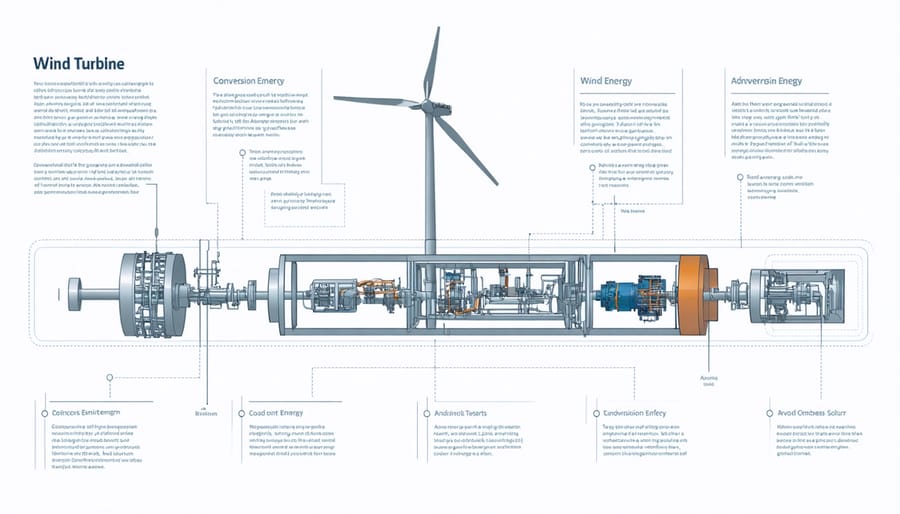
Modern Wind Turbine Technology
Today’s wind turbines are marvels of engineering that efficiently convert wind energy into electricity. The most common design features three aerodynamic blades mounted on a tall tower, typically ranging from 80 to 120 meters high. These blades are specially shaped to capture maximum wind energy and can adjust their angle based on wind conditions.
Modern turbines come in various sizes to suit different needs. Utility-scale turbines can generate several megawatts of power, while smaller residential models, perfect for home use, typically produce 2 to 10 kilowatts. Advanced sensors and smart controls allow these turbines to automatically face the wind direction and adjust their operation for optimal performance.
The technology continues to improve, with newer models featuring lighter materials, better efficiency, and quieter operation. Many turbines now incorporate bird-safe designs and anti-icing systems for cold climates. They’re also becoming more cost-effective, with prices dropping as manufacturing techniques advance. Smart grid integration capabilities allow turbines to communicate with power systems, helping balance energy supply and demand effectively.
Integrating Wind Power With Solar Systems
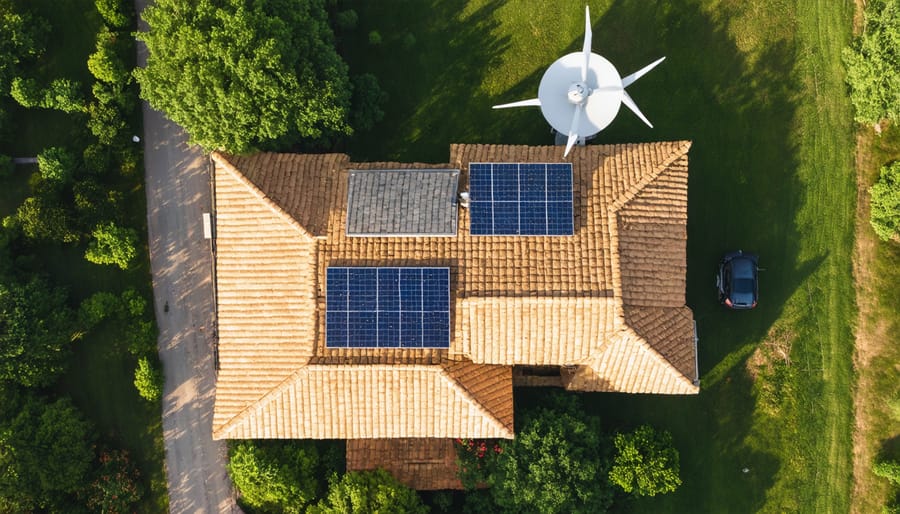
The Perfect Partnership
Wind and solar energy work together like perfect dance partners, each stepping in when the other takes a break. While solar panels generate electricity during sunny daylight hours, wind turbines can continue producing power during nighttime and cloudy conditions. This natural complementary relationship makes solar power integration with wind energy an ideal solution for homeowners seeking reliable renewable energy.
During summer months, when solar production peaks, wind speeds tend to be lower. Conversely, winter months often bring stronger winds while solar production decreases. This seasonal balance helps maintain consistent energy production throughout the year. Even on a daily basis, wind patterns often pick up in the evening as solar production winds down, providing a more stable power supply.
For homeowners, this partnership means more reliable clean energy generation and potentially lower storage requirements. Instead of investing in larger battery systems to compensate for the intermittent nature of a single renewable source, combining wind and solar can create a more efficient and cost-effective system. This hybrid approach not only maximizes your property’s energy-generating potential but also provides greater energy independence and reduced utility bills year-round.
Many modern smart home energy systems can automatically switch between wind and solar power sources, ensuring you’re always using the most efficient energy source available at any given time.
Home Energy Storage Solutions
Modern wind energy systems work best when paired with effective home energy storage solutions, creating a reliable power supply for your home. Battery systems like the Tesla Powerwall or LG Chem RESU can store excess energy generated during windy periods for use when the wind isn’t blowing.
These storage systems are particularly valuable when combining wind and solar power. While solar panels generate electricity during daylight hours, wind turbines can produce power day and night, making them complementary technologies. A properly sized battery bank can store this combined energy, ensuring a steady power supply regardless of weather conditions.
Most modern storage systems include smart technology that automatically manages power flow, storing excess energy when production is high and releasing it when needed. This intelligent management helps maximize your energy independence while reducing reliance on the grid.
For homeowners, lithium-ion batteries are typically the best choice, offering longer lifespans, better efficiency, and minimal maintenance compared to traditional lead-acid batteries. While the initial investment may seem significant, these systems often pay for themselves through reduced utility bills and potential energy credits.
When selecting a storage system, consider factors like your daily energy usage, the size of your wind turbine, and whether you have solar panels installed. Many systems are modular, allowing you to expand storage capacity as your needs grow.
Benefits of Wind Energy Integration
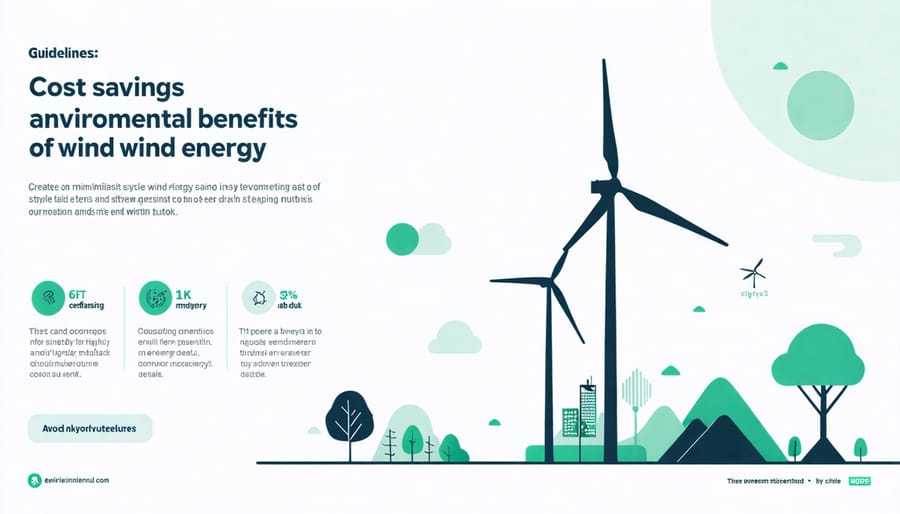
Financial Advantages
Wind energy offers substantial financial benefits for both homeowners and businesses. The initial investment in wind power systems can be offset through various federal and state tax incentives, grants, and renewable energy credits. Many utility companies offer net metering programs, allowing you to sell excess power back to the grid, effectively reducing your monthly energy bills.
Over time, wind energy proves incredibly cost-effective, with maintenance costs averaging just 1-2% of the initial installation cost per year. Modern wind turbines typically last 20-25 years, providing decades of reliable energy production and consistent savings. As electricity rates continue to rise, having your own wind power source acts as a hedge against future price increases.
Additionally, wind energy can increase property values and provide income opportunities through land leasing for larger turbines. Many communities have created wind energy cooperatives, allowing residents to pool resources and share the benefits of larger wind installations. When combined with other renewable energy sources, wind power can help achieve complete energy independence while delivering significant long-term cost savings.
Environmental Impact
Wind energy stands as one of the cleanest and most environmentally friendly power sources available today. When compared to fossil fuels, wind power produces zero direct carbon emissions during operation, making it a powerful tool in the fight against climate change. A single residential wind turbine can prevent approximately 2.5 tons of carbon dioxide emissions annually – equivalent to planting about 40 trees.
Beyond carbon reduction, wind energy has minimal environmental impact during operation. It requires no water for cooling, unlike traditional power plants, helping preserve precious water resources. The land used for wind turbines can still be utilized for farming or grazing, maximizing land efficiency. Modern turbines are also designed to minimize wildlife impact, with slower rotation speeds and strategic placement away from major migration routes.
Wind power’s sustainability credentials are particularly impressive when considering its renewable nature – wind will never run out, and turbine components are increasingly recyclable. As manufacturing processes become more efficient, the overall environmental footprint of wind energy continues to decrease, making it an increasingly attractive option for environmentally conscious homeowners.
Energy Security
Wind energy offers homeowners a reliable pathway to energy independence by reducing dependence on traditional power grids. Unlike conventional energy sources, wind power isn’t subject to fuel price fluctuations or supply chain disruptions. When properly integrated into a home energy system, wind turbines can provide consistent power generation, especially in areas with steady wind patterns.
Modern wind energy systems include smart storage solutions that capture excess energy for use during low-wind periods. This stored power acts as a buffer against grid outages and peak demand charges. Many homeowners combine wind systems with solar panels to create a more robust and reliable energy network, ensuring power availability throughout different weather conditions and seasons.
The decentralized nature of wind energy also protects against widespread power failures. While the main grid might experience disruptions due to severe weather or infrastructure issues, a home wind system can continue generating electricity independently, providing crucial backup power when needed. This self-sufficiency is particularly valuable in rural areas or regions prone to frequent power outages.
Wind energy represents a powerful pathway to energy independence for homeowners, offering a sustainable and increasingly accessible solution for reducing reliance on traditional power sources. By harnessing the natural power of wind through residential turbines, homeowners can generate their own clean electricity, significantly lowering their monthly utility bills while contributing to a greener future.
The combination of falling equipment costs, improved technology, and various financial incentives has made wind energy more attainable than ever before. When properly implemented, a residential wind system can provide 50-90% of a household’s electricity needs, depending on local wind conditions and energy consumption patterns. This substantial energy generation potential, coupled with the ability to store excess power or sell it back to the grid, creates a compelling case for wind energy adoption.
Moreover, wind power systems can work seamlessly alongside solar panels, creating a robust hybrid renewable energy solution that provides more consistent power generation throughout the year. This complementary approach ensures greater energy security and maximizes the return on investment for homeowners.
As we look to the future, wind energy continues to evolve, with newer, more efficient turbine designs and smart integration technologies making it an increasingly attractive option for sustainable living. For homeowners seeking to reduce their carbon footprint while gaining energy independence, wind power represents not just an environmentally conscious choice, but a practical and financially sound investment in their home’s future.

